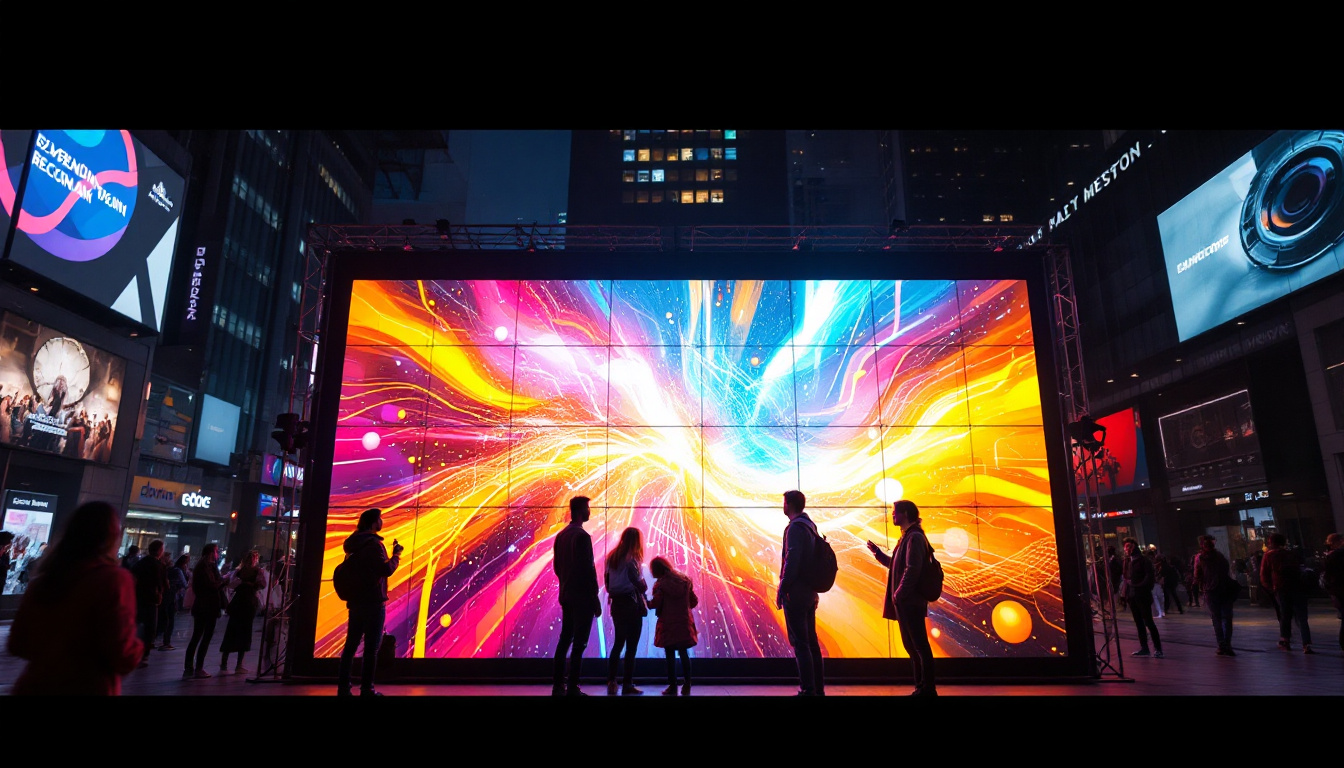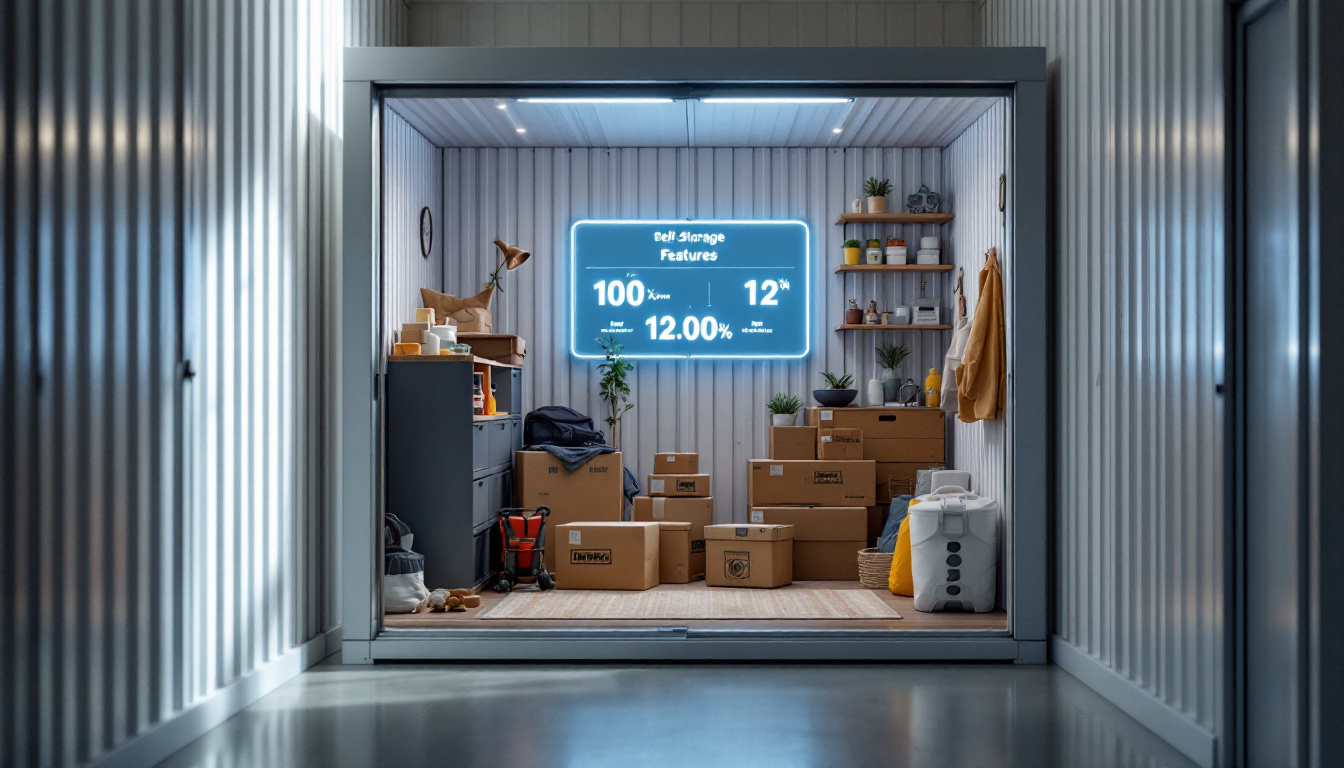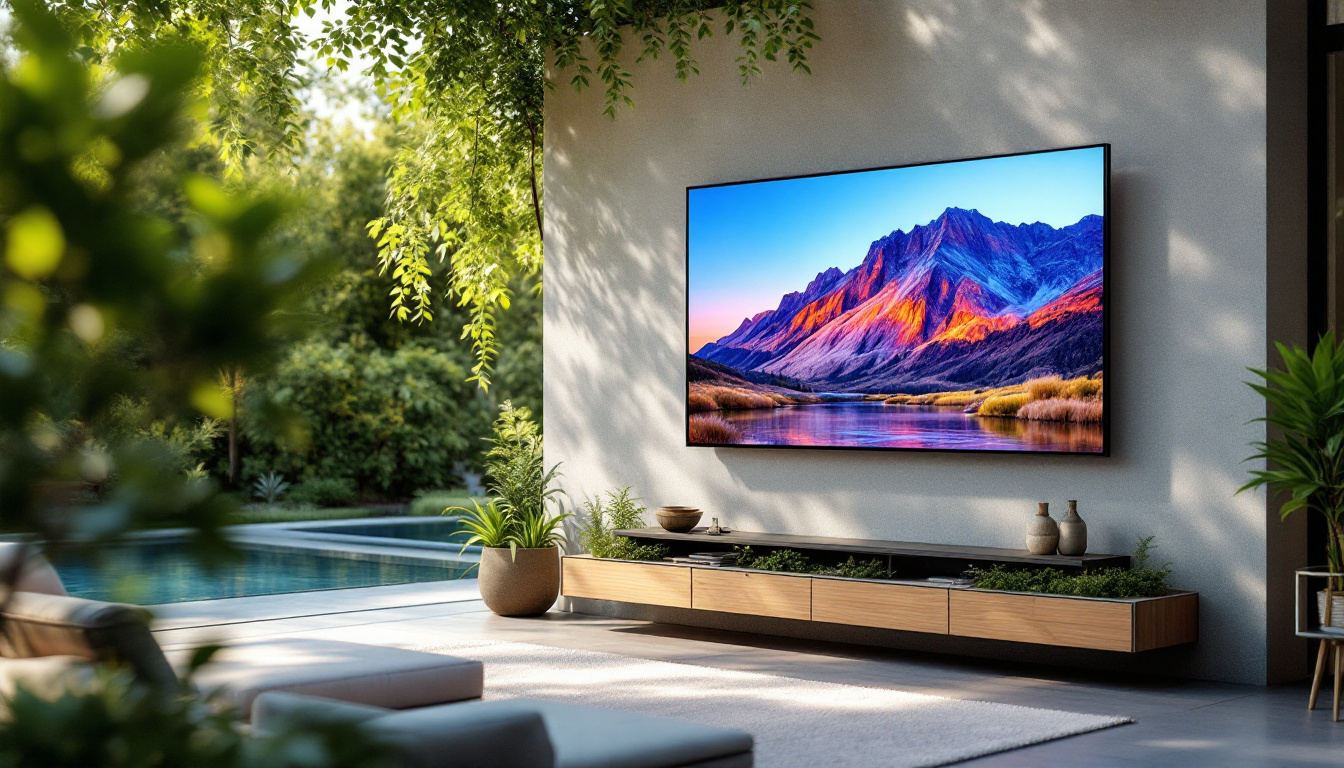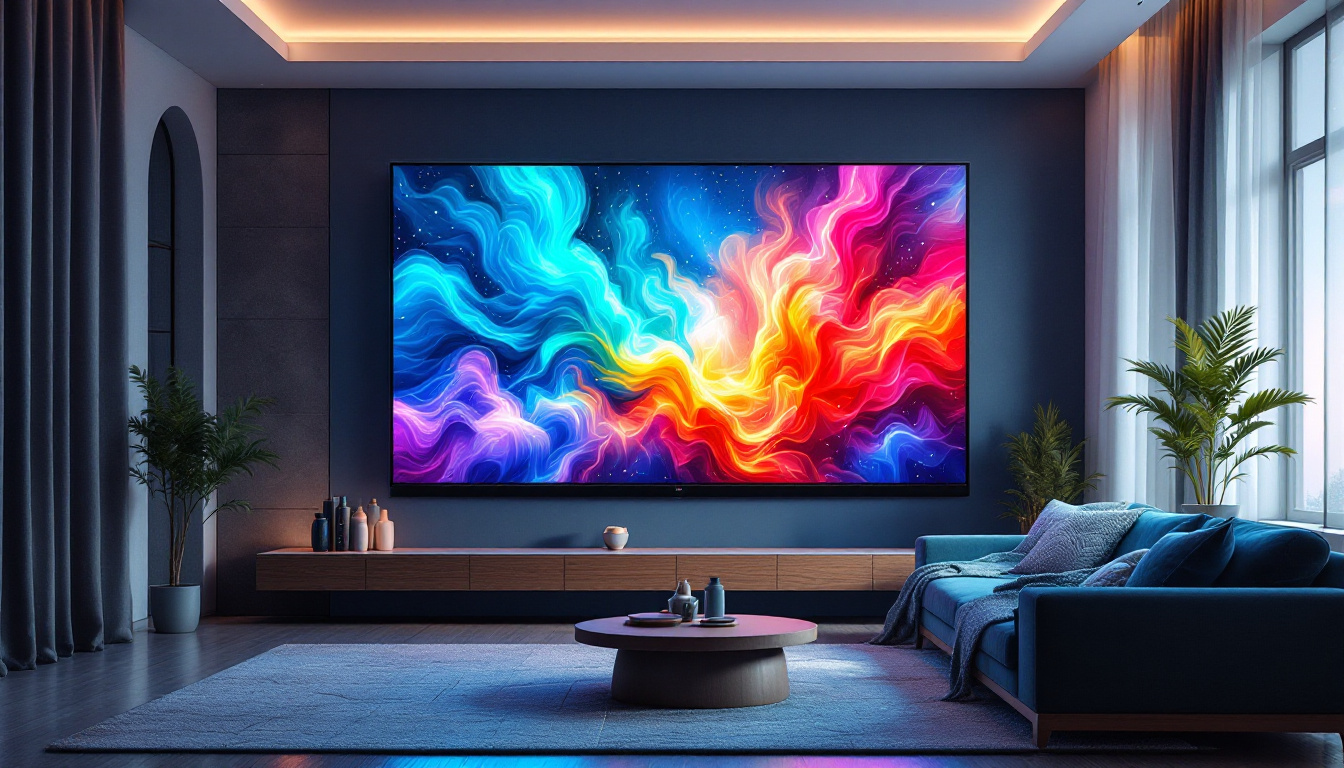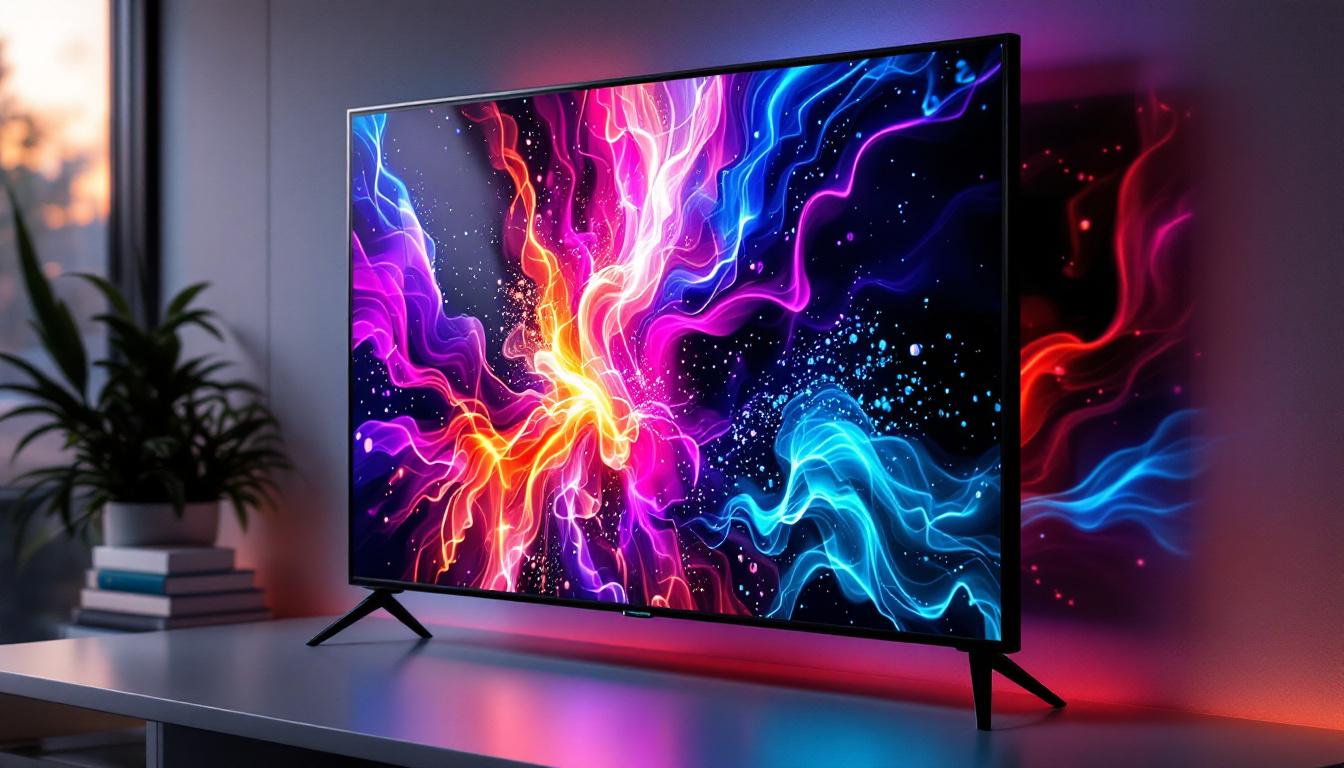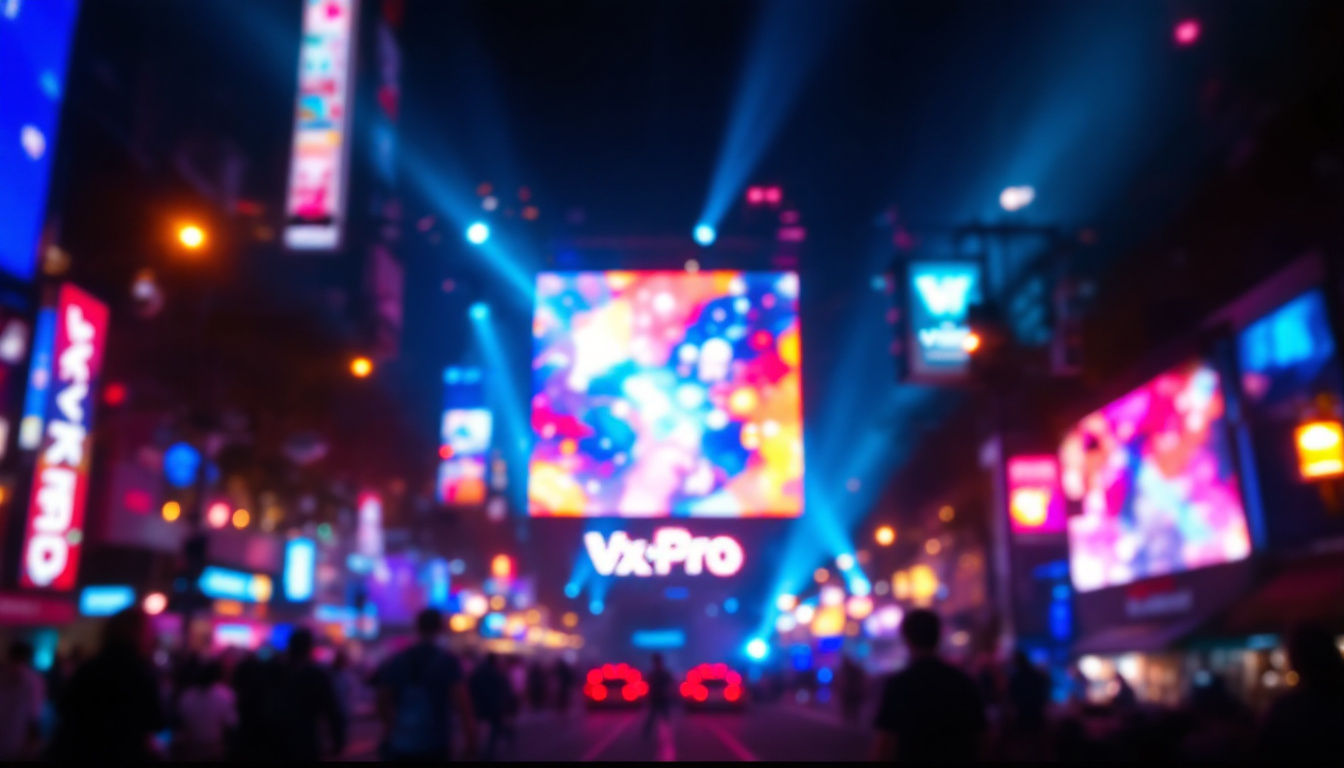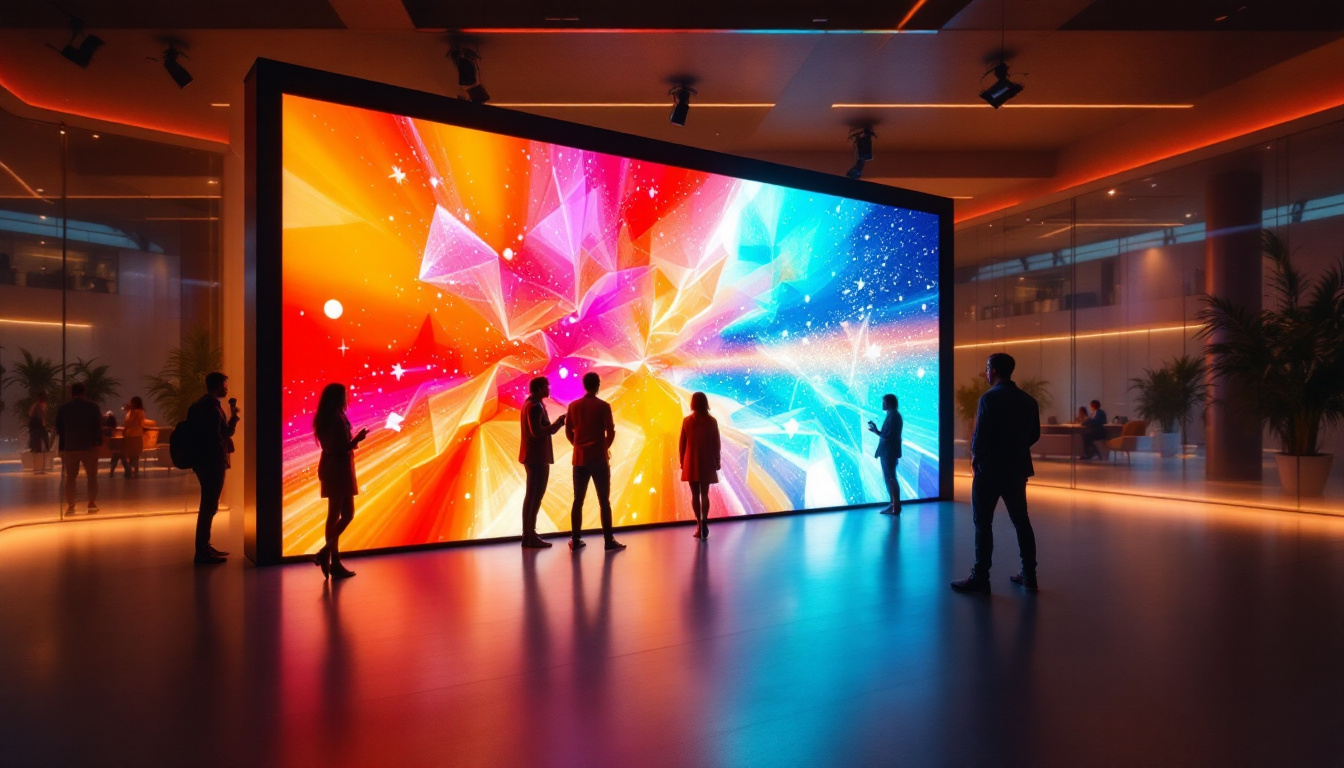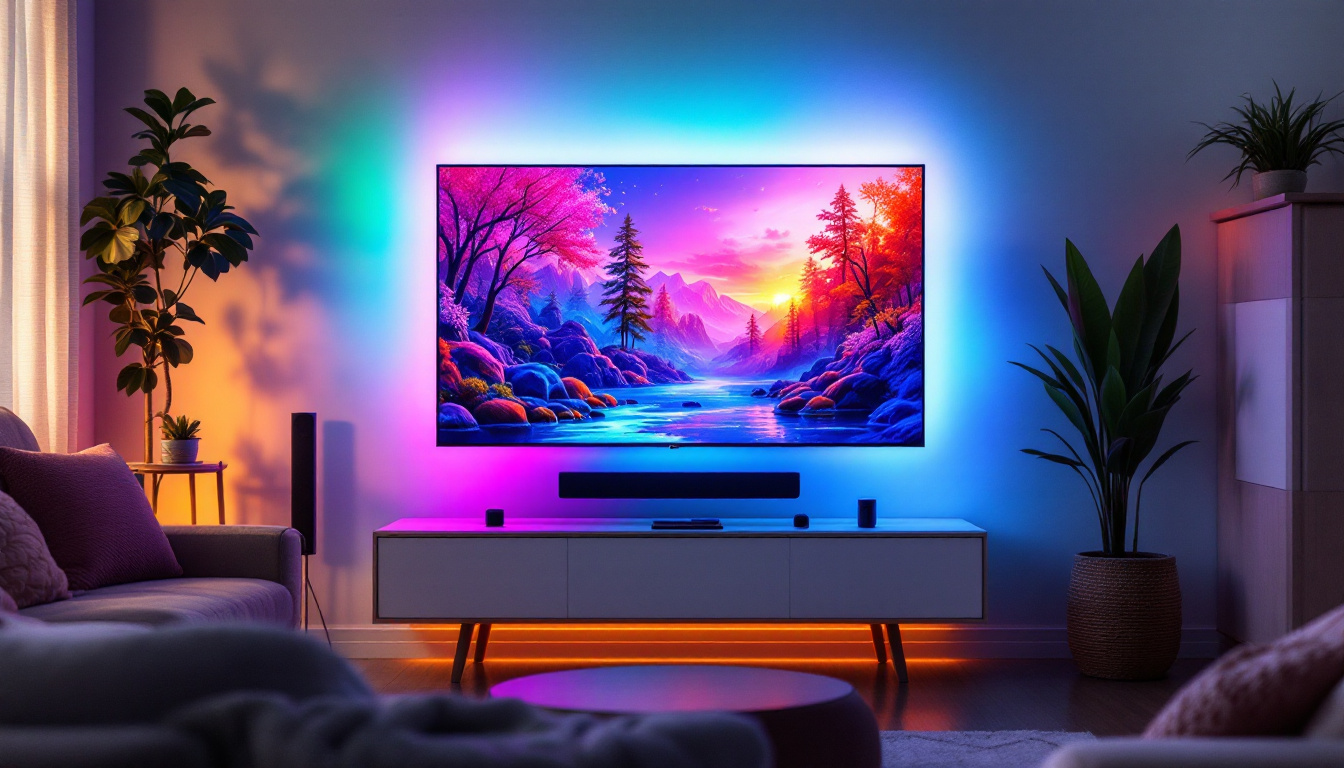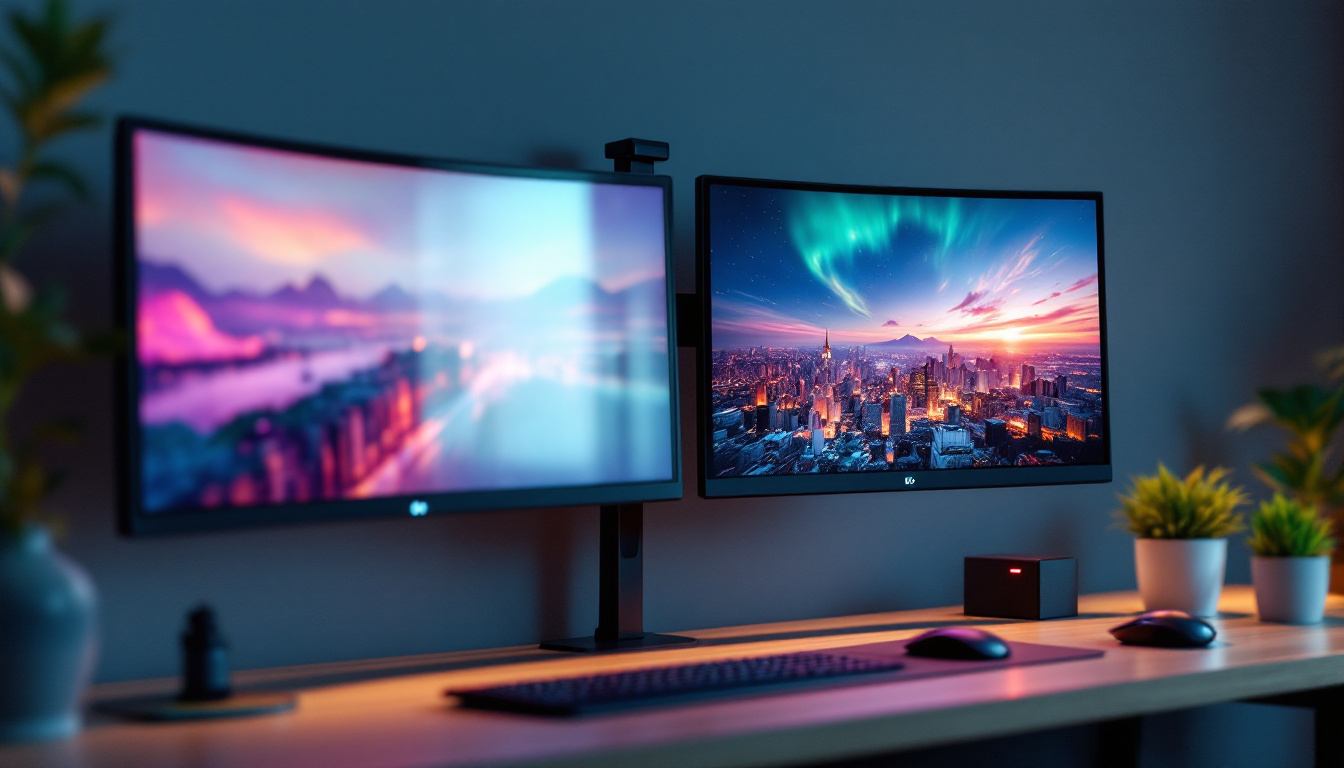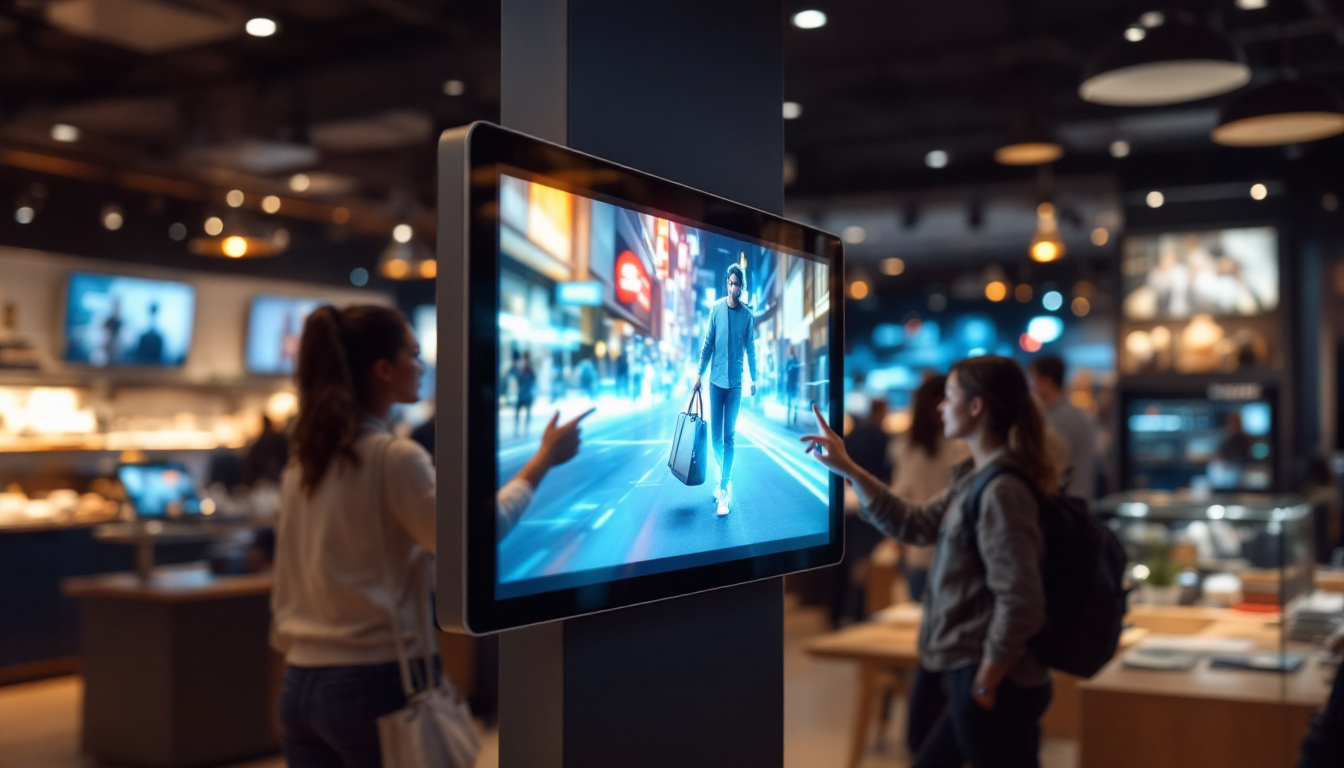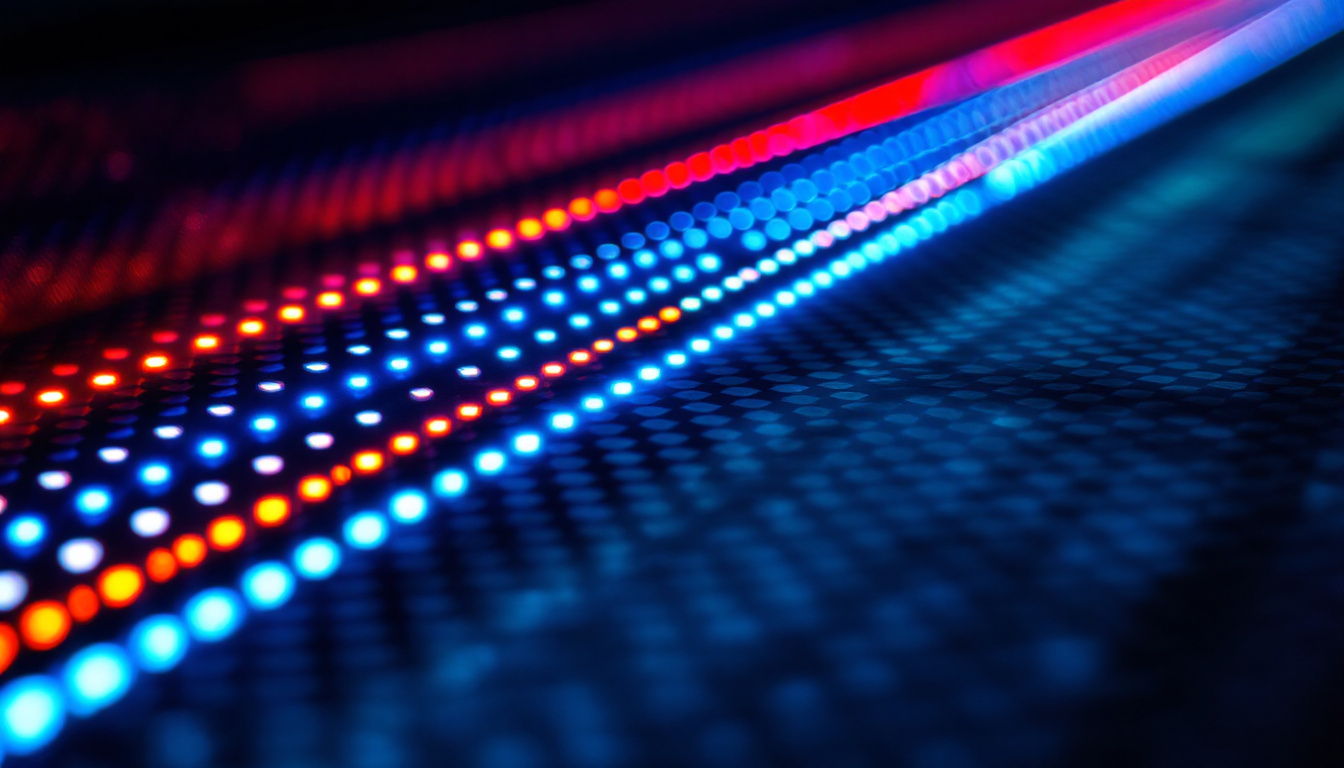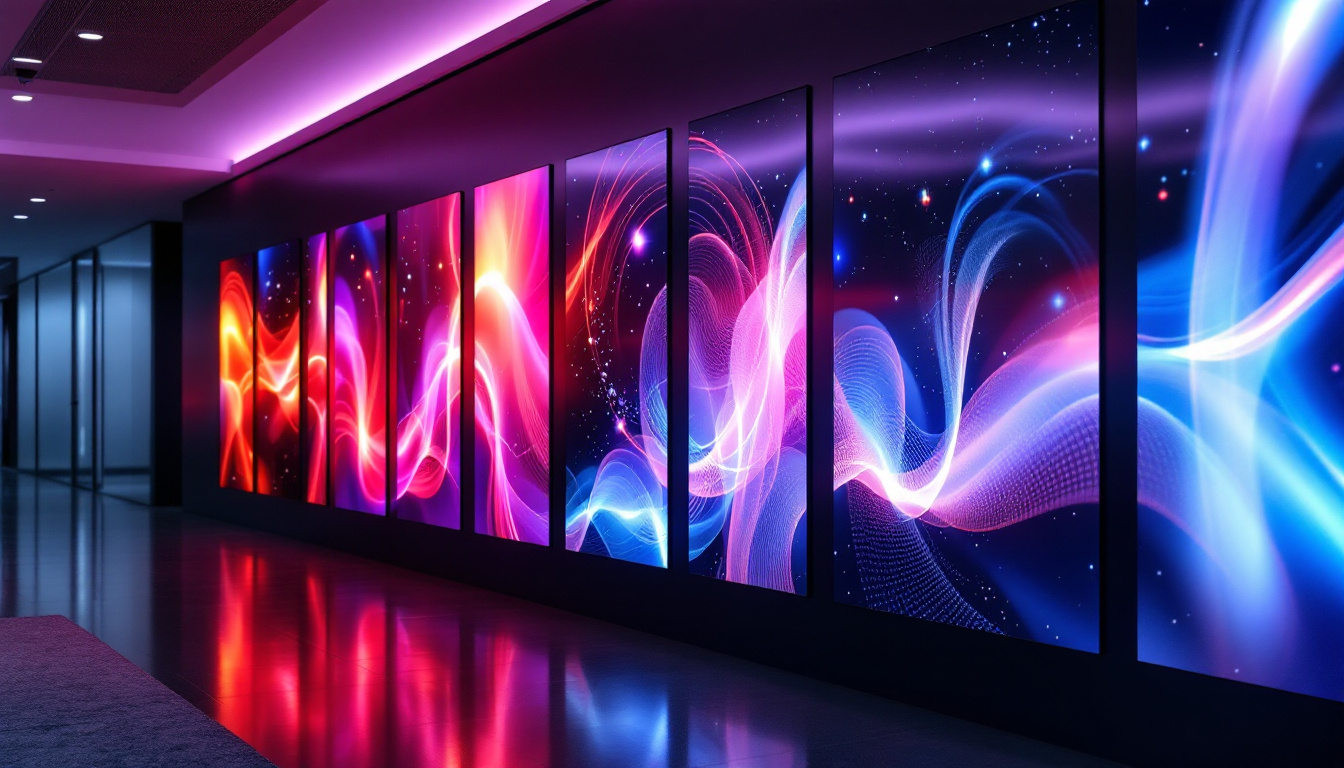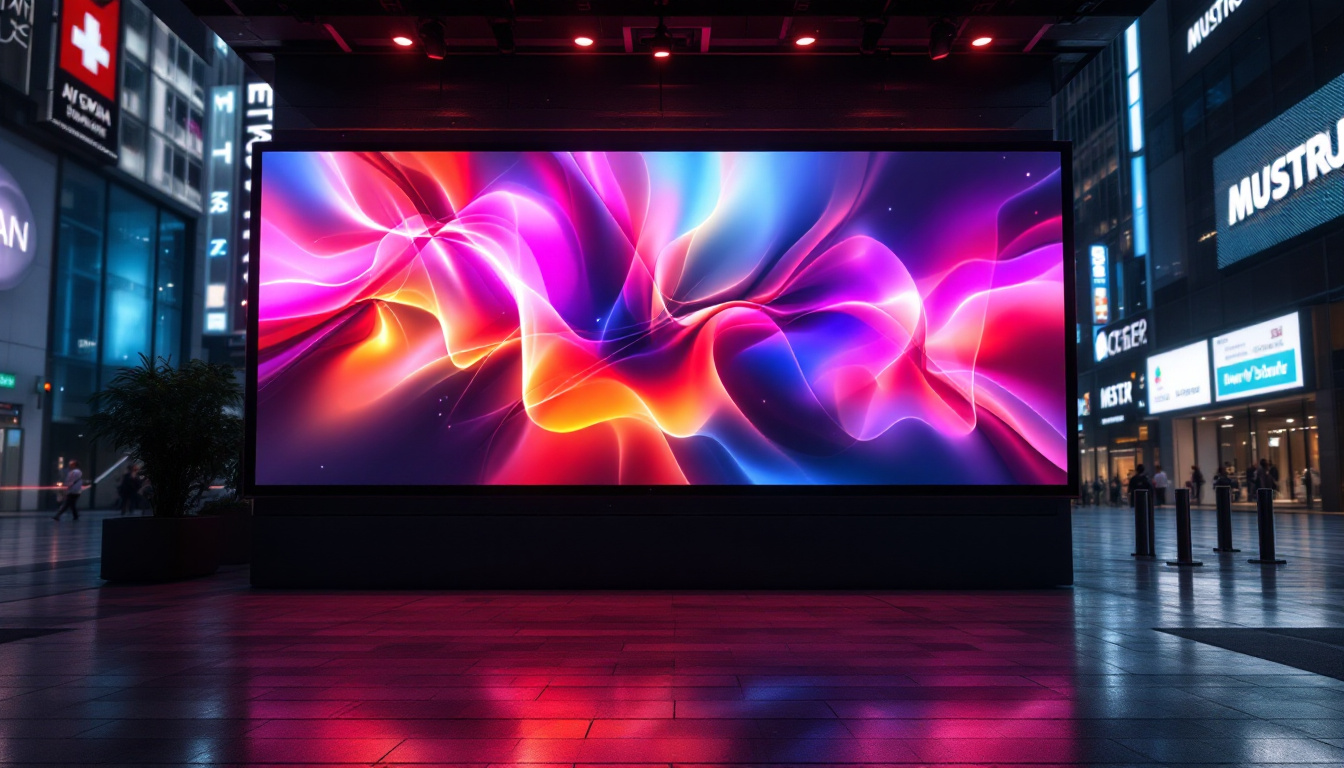In today’s fast-paced technological landscape, the demand for efficient and effective communication tools has never been higher. One such tool that has gained popularity in various industries is the terminal monitor, often featuring LED displays. This article delves into the intricacies of terminal monitors, their LED display technology, and their applications across different sectors.
Understanding Terminal Monitors
Terminal monitors serve as crucial interfaces in various settings, from control rooms to retail environments. They provide real-time information, ensuring that users can make informed decisions based on the data presented. The evolution of terminal monitors has been significant, with advancements in display technology leading to enhanced performance and usability. As industries continue to demand more sophisticated monitoring solutions, terminal monitors have adapted to meet these needs, incorporating features that not only improve functionality but also enhance user experience.
What is a Terminal Monitor?
A terminal monitor is a display device used to present information from a computer or other data sources. Unlike traditional monitors, terminal monitors are designed for specific applications, often featuring rugged designs to withstand harsh environments. They are commonly used in industries such as manufacturing, transportation, and security, where real-time data visibility is critical. In addition to their robust construction, many terminal monitors now incorporate touch-screen technology, allowing for interactive use that enhances operational efficiency. This capability is particularly beneficial in fast-paced environments where quick access to information is paramount.
Key Features of Terminal Monitors
Terminal monitors come equipped with various features that enhance their functionality. Key characteristics include:
- Durability: Many terminal monitors are built to endure extreme conditions, including temperature fluctuations, moisture, and dust.
- High Visibility: LED displays provide bright and clear visuals, making it easy to read information from a distance.
- Connectivity: These monitors often support multiple input sources, allowing for seamless integration with various systems.
Moreover, terminal monitors often feature customizable interfaces, enabling users to tailor the display according to specific operational needs. This adaptability is vital in environments where different teams may require distinct sets of information at a moment’s notice. Additionally, many modern terminal monitors are equipped with energy-efficient technologies, reducing power consumption while maintaining high performance. This not only benefits the environment but also helps organizations cut down on operational costs, making terminal monitors a smart investment for the future.
The Role of LED Technology
LED (Light Emitting Diode) technology has revolutionized the way information is displayed. Unlike traditional LCD or CRT displays, LED monitors offer several advantages that make them ideal for terminal applications. The shift towards LED technology is not merely a trend; it represents a significant advancement in display technology that caters to the needs of modern users, who demand both performance and efficiency.
Advantages of LED Displays
LED displays are known for their superior performance in various aspects:
- Energy Efficiency: LED technology consumes less power compared to other display types, making it an environmentally friendly option. This efficiency not only reduces electricity costs but also contributes to a smaller carbon footprint, aligning with global sustainability goals.
- Longevity: LED displays have a longer lifespan, reducing the need for frequent replacements and maintenance. This durability makes them a cost-effective choice for businesses, as they can rely on these displays for years without significant degradation in quality.
- Brightness and Contrast: The high brightness levels and excellent contrast ratios of LED displays ensure that information is visible even in bright environments. This feature is particularly beneficial in outdoor settings or well-lit offices, where traditional displays may struggle to maintain clarity.
Types of LED Displays
There are several types of LED displays used in terminal monitors, each suited for different applications:
- Direct View LED: These displays consist of individual LED modules that form the entire screen, providing exceptional brightness and color accuracy. They are often used in large-scale advertising and digital signage, where visibility from a distance is crucial.
- LED-backlit LCD: This type combines traditional LCD technology with LED backlighting, enhancing brightness and energy efficiency. It serves as a versatile option for everyday computing needs, striking a balance between performance and cost.
- Organic LED (OLED): OLED displays offer vibrant colors and deep blacks, making them ideal for applications requiring high-quality visuals. Their ability to produce true black levels enhances the overall viewing experience, making them popular in high-end televisions and professional graphic design work.
Moreover, the rapid advancements in LED technology have led to the development of flexible and transparent displays, opening up new possibilities for creative applications. Flexible LED displays can be bent and shaped to fit unconventional spaces, allowing designers to create immersive environments that were previously unimaginable. Transparent displays, on the other hand, can overlay digital information onto real-world objects, providing an innovative way to interact with data in retail and exhibition settings.
As LED technology continues to evolve, the integration of smart features such as touch capabilities and connectivity options is becoming increasingly common. This allows for more interactive user experiences, where users can engage directly with the display, enhancing productivity and collaboration in various settings. Furthermore, the incorporation of advanced sensors can enable displays to adjust brightness automatically based on ambient light conditions, further optimizing energy consumption and user comfort.
Applications of Terminal Monitors with LED Displays
The versatility of terminal monitors with LED displays allows them to be used in a wide range of applications. Their ability to present real-time data makes them invaluable in various sectors.
Industrial and Manufacturing
In industrial settings, terminal monitors are often used to display critical information such as production metrics, machine status, and safety alerts. The robust design of these monitors ensures they can withstand the rigors of factory environments, while the LED displays provide clear visibility for operators. Additionally, many of these monitors are equipped with touchscreen capabilities, enabling workers to interact directly with the data being presented. This interactivity can facilitate quick adjustments to production processes, allowing for greater efficiency and responsiveness to changing conditions on the factory floor.
Transportation and Logistics
In the transportation sector, terminal monitors are used to relay important information to drivers and passengers. Whether it’s displaying arrival times at bus stations or monitoring vehicle performance in logistics, LED displays ensure that information is communicated effectively and efficiently. These monitors can also integrate GPS and real-time traffic data, providing dynamic updates that help in route optimization. This capability not only enhances operational efficiency but also improves customer satisfaction by keeping passengers informed about delays or changes in schedules.
Retail and Customer Service
Retail environments utilize terminal monitors to enhance customer experience. LED displays can showcase promotions, product information, and even interactive content. Their eye-catching visuals draw customers’ attention, ultimately driving sales and improving engagement. Furthermore, with the rise of digital signage, retailers are increasingly using these monitors to create immersive shopping experiences. For instance, they can display personalized advertisements based on customer demographics or shopping behavior, making the shopping experience more relevant and engaging. This level of customization not only attracts customers but also encourages them to spend more time in-store, thereby increasing the likelihood of purchases.
Choosing the Right Terminal Monitor
Selecting the appropriate terminal monitor for a specific application involves considering several factors. Understanding the requirements of the environment and the intended use is crucial in making an informed decision.
Factors to Consider
When choosing a terminal monitor, the following factors should be taken into account:
- Size and Resolution: The size of the display should be suitable for the viewing distance and the amount of information to be displayed. Higher resolutions provide clearer images and text.
- Environmental Conditions: Assess the operating environment. Monitors used in harsh conditions may require additional protection or specific features such as waterproofing.
- Connectivity Options: Ensure the monitor supports the necessary input types for seamless integration with existing systems.
Budget Considerations
While it may be tempting to opt for the cheapest option, investing in a quality terminal monitor with LED technology can yield long-term benefits. Consider the total cost of ownership, including maintenance and energy consumption, when evaluating budget options.
Future Trends in Terminal Monitors
The technology behind terminal monitors is continually evolving. As industries adapt to new challenges and requirements, several trends are emerging in the realm of terminal monitors and LED displays.
Smart Integration
With the rise of the Internet of Things (IoT), terminal monitors are increasingly being integrated with smart technologies. This allows for real-time data collection and analysis, enabling businesses to make data-driven decisions more efficiently.
Enhanced User Interfaces
As user experience becomes a focal point in technology, terminal monitors are evolving to feature more intuitive interfaces. Touchscreen capabilities and customizable displays are becoming standard, allowing users to interact with the information more effectively.
Sustainability Initiatives
As environmental concerns grow, manufacturers are focusing on sustainable practices in the production of terminal monitors. This includes using eco-friendly materials and energy-efficient technologies, ensuring that these devices are not only effective but also environmentally responsible.
Conclusion
Terminal monitors with LED displays are essential tools across various industries, providing real-time information and enhancing operational efficiency. Understanding the technology behind these monitors, their applications, and future trends can help organizations make informed decisions when selecting the right equipment. As technology continues to advance, the role of terminal monitors will only become more significant, paving the way for smarter, more efficient workplaces.
Investing in high-quality terminal monitors equipped with LED displays is not merely a choice; it is a strategic decision that can lead to improved productivity, enhanced customer experiences, and ultimately, greater success in a competitive landscape.
Discover LumenMatrix’s Advanced LED Display Solutions
As you consider the future of your organization’s visual communication, take the next step with LumenMatrix’s innovative LED display technology. Whether you’re looking to enhance brand visibility, create immersive environments, or improve operational efficiency, LumenMatrix offers a comprehensive range of solutions tailored to your needs. From Indoor and Outdoor LED Wall Displays to specialized options like Vehicle LED Displays and LED Sports Displays, our mission is to empower your business with displays that captivate and engage. Check out LumenMatrix LED Display Solutions today and experience the transformative power of cutting-edge LED technology.


